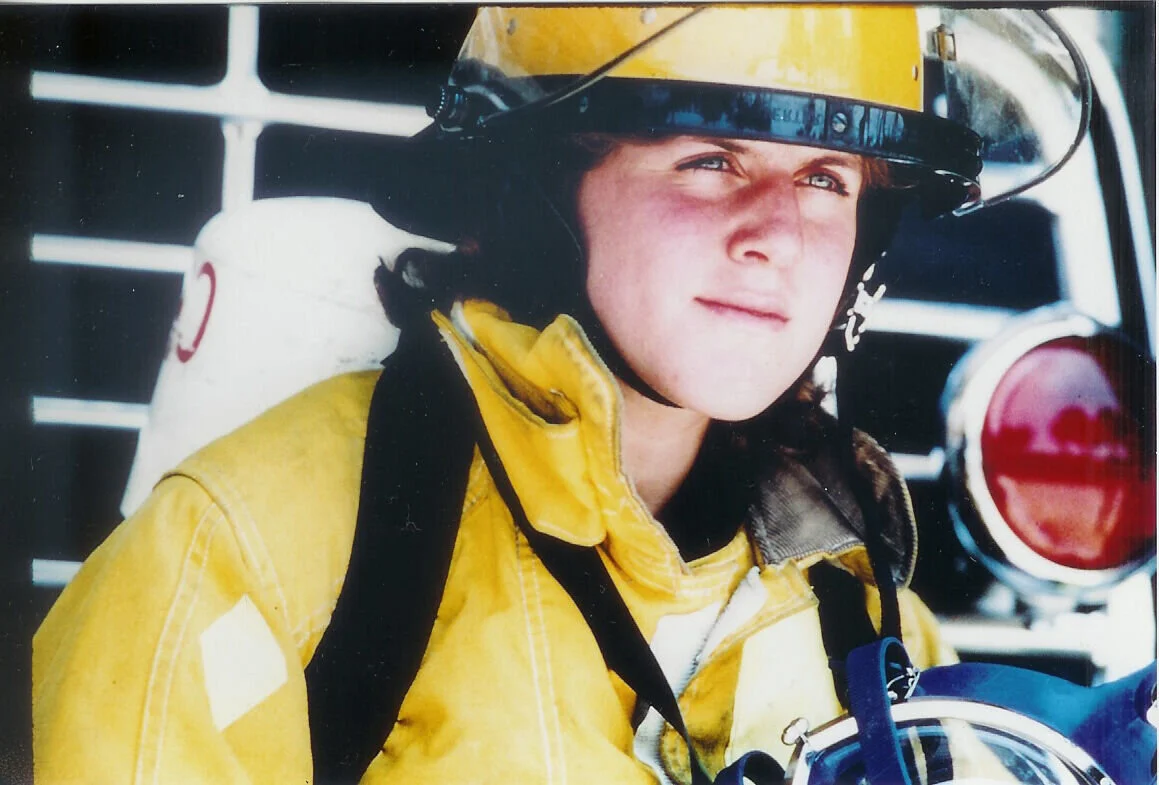The Banfill-Locke Art Center in Fridley is a historic building that has a colorful history, rich in culture and community service. Built in 1847 by John Banfill, a mason from Vermont, it first served as a wayside inn along the Red River Trail at the confluence of Rice Creek and the Mississippi River. Just two years later, the Banfill Inn had gained a reputation as a “resort hotel” to some, as described in a letter from 1849: “We arrived at Banfill’s in time for an early supper, which consisted of viands that even in these luxurious days would be tempting to the appetite; after supper the dining-room was cleared, and we had a grand dance …”
Read MoreThe Ramsey County Historical Society, Anoka County Historical Society, Dakota County Historical Society and Hennepin History Museum have partnered to establish the Arthur C. McWatt Fellowship Program.
Read MoreThe 19th century American industrial revolution dynamically changed our society. We moved from an agrarian way of life to an agrarian/manufacturing combination. British Prime Minister Benjamin Disraeli captured this upheaval when he said, “In a progressive country change is constant, change is inevitable.” This article is about one of the catalysts that contributed and stimulated revolutionary changes in Anoka County in the 19th century.
Read MoreAs the staff at the Anoka County Historical Society continue to process the centennial collection of the Federal Cartridge Corporation, we trip over tidbits like the situation below. In 1929, FCC was only seven years old and, in many ways, Charles Horn and Bob Ehlen still had some kinks to work out of the company. In what could likely become a classic tale of employee safety standards set in place by Horn, Ehlen received instruction to change the locks on campus to Yale locks with master keys.
“It is simply nonsense to have to climb through the window and so there will be no more trouble I want uniform locks put on all doors,” wrote Horn.
Read MoreWhen a city like Anoka begins, the residents erect several landmark buildings to signify the importance of their culture. Often these include a post office, bank, town hall, churches and schools. This week, students and staff at Franklin Elementary in Anoka celebrate 150 years of education under the same name, though not always the same building.
Read MoreFCC established the Federal Cartridge Social Club in 1934 to maintain employee events and clubs as well as “promote closer relations among the employees”. This worker-controlled organization would receive reimbursement for things like bowling uniforms, ammunition, and refreshments. In total, the Club was responsible for a long list of things, including the archery club, bowling teams, chorus, Credit Union, Diamond Ball Team, and the Clubhouse.
Read MoreAs ACHS works to discern how to gather the stories of all residents, regardless of geography, ethnicity, and economic status, we appreciate the people we meet at festivals such as the County Fair. We often hear, "I didn't know there was a history center!" which means we are indeed reaching new audiences through our outreach efforts--because now they DO know the building exists. Several old friends came by to see us as well, which warms our hearts and reminds us that the work we do each day matters, that relationships we build are nurtured and cherished. It takes both groups to propel ACHS forward as a nonprofit, the established as well as the new. Both groups have stories to share and information to preserve for future generations. It's interesting that a kitchen table with a puzzle on it feels like a safe place to start that conversation, regardless of whatever else life has in store for us all.
Read MoreThe Riverfest tradition is back, and organizers are expecting larger-than-usual crowds on July 10. The History Center will open its doors from 10 a.m. to 4 p.m. to the public for games, treats and a sneak-peek into the framed objects included in the anniversary collection. Grab a selfie with a life-sized cutout of Charles Horn, the founder of Federal Cartridge Company, and see an original photo of the first staff he hired in 1925. You’ll also view other framed images on display include a parade float, Christmas celebration, advertising and aerial images of the plant.
Read MoreThe following is an excerpt from “Memories of Life …” by Arch G. Pease, pg. 45-51. Ellipses indicate text removed by ACHS for narrative purposes. Read his full memoir in History 21: The Vault and tune into History 21: The Podcast to hear an oral interview with Pease conducted in 1989.
Read MoreIn the museum world, summers mean activities, fairs, festivals and … interns.
The time after graduation or between years at the university provide the perfect space for newly minted history geeks to explore their career choice more in depth.
Read MoreThe world wars are incredibly popular historical topics.
They are recent enough to be well documented, even remembered by people still living today, and so influential that they have long-established fields of study. As someone who grew up in the United States — watched American movies, read American books and was educated by the American school system — I don’t remember a time when I didn’t know about World War I or World War II. It was an omnipresent force, something that had changed the shape of where I lived long before my parents were born (and in the case of WWI, my grandparents too).
Read MoreOn April 29 the Anoka County Historical Society, or ACHS, received not one but two Minnesota History Awards from the Minnesota Alliance of Local History Museums for work in 2019 and 2020.
Read MoreFederal Cartridge Corporation (now known as Federal Premium Ammunition, a subsidiary of Vista Outdoor) will celebrate its 100th anniversary in 2022.
The Anoka County Historical Society is helping Federal prepare for this by organizing their historical material. This process started a year ago when our collections manager at the time, Audra, started spending time at Federal Cartridge sorting through potentially historical items.
Read MoreIt’s a wonderful feeling to uncover a secret treasure in a community. My first three months at the Anoka County Historical Society has felt this way: learning about the history, about the towns and important landmarks and meeting many different people from all over the county. It’s difficult to list all the new things I’ve learned and become a part of in such a short span of time, let alone choose one to write about. I have so many new favorite things!
Read MorePart of the joy of working at the Anoka County Historical Society is having history at your fingertips as you J-O-B. One of the challenges is deciding how best to share this trove of information with the community.
We launched History 21: The Podcast in late December to engage people who prefer an audio delivery to a more visual format. As podcast lovers ourselves, staff often drive, wash dishes or take a walk with various programs chatting in their ears — and there is NOBODY else out there focusing on Anoka County History!
Read MoreEvery year about this time, the dreams of the Anoka County Historical Society Board of Directors turn to the closing of one year and the opening of another. An indication of this is planning for the annual meeting in March when new members of the board are installed.
Read MoreRailroad development in our county began in 1857 under very speculative conditions and involved federal and provincial subsidies. The high cost of construction and maintenance combined with a volatile market caused many bankruptcies, which resulted in James J. Hill taking advantage of the closures to create his empire.
Read MoreSaying goodbye to exemplary staff as they move to other parts of their career journey never makes the top 10 list of things to do in a day. That said, the growth of staff members does make my top 10—my top five, even—and so here we are, searching for a new human to fill the position of curator/archivist at the Anoka County Historical Society
Read MoreWhen I’m in an archive, I feel like a kid in the candy store. I want to learn everything, explore everywhere and discover every single piece that might have been forgotten in the crush of the collection.
Read MoreUnderstanding that bridges provide a key link in our highway system is critical to a full historical perspective of our transportation system. By definition, a bridge is a link between two separate sections of road. Our earliest examples of this are logs placed diagonally across a break in the road/trail, like would have occurred along the Red River Ox Trail, which ran through Anoka County between St. Paul and Pembina in the mid-1800s.
Read More














